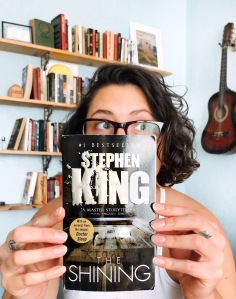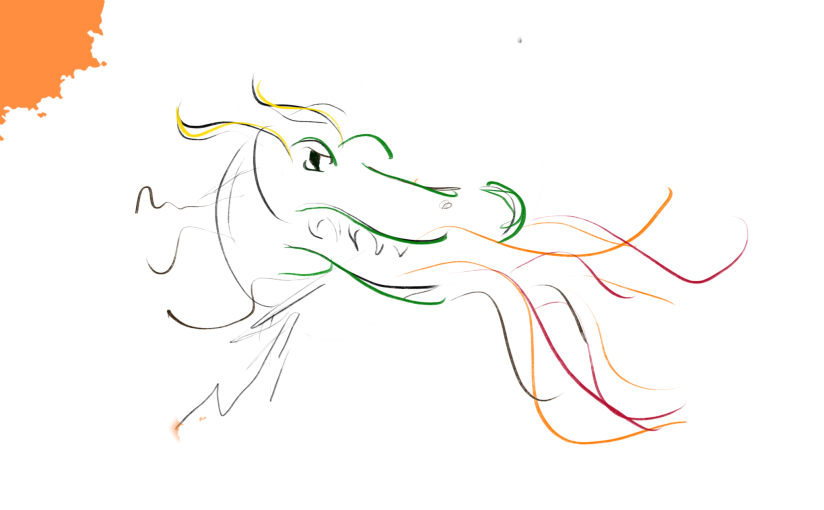So you might have anticipated this piece to be more about Einstein’s contributions to theoretical physics and modern science, but I admit that even after reading his biography, I’m still not quite able to grasp the theory of relativity enough to explain it, which is less the book’s fault than my own.
The book is Einstein: His Life and Universe by Walter Isaacon, and what struck me most about it is what compels me to read anyone’s biography in the first place: Character. Einstein’s personality. His opinions. His habits and world view. All those things that can be summed up in the simple question: What was he like?
And while the personality was sort of what I imagined—aloof, often emotionally detached to the point of seeming an eccentric, but gentle, kind, even charming—it was the public stances he took later in life that impressed me most.
His own friends and colleagues at the time supported cultural assimilation–the process of taking on the characteristics of one culture by giving up your own–giving up their Jewish identity in favor of a German one.
Einstein refused and admonished the notion, viewing it as an offense to individual expression, to say nothing of personal freedom.
He left Europe for the United States in 1933, thinking he might return in a few months. Shortly after his arrival in America, however, Hitler seized power in Germany. Einstein renounced his German citizenship and became an American citizen in 1940. He would in fact never visit Europe again, and would live in the United States for the rest of his life.
I initially wondered how difficult that was for him, whether he felt any strong ties to Germany and had any desire to return after the war.
Apparently not, and it’s not entirely surprising considering his broader view of the world and his place in it. Einstein always viewed himself less a citizen of any one nation than a citizen of the planet. He despised nationalism and he adamantly promoted ideals of international cooperation to the point of favoring the creation of a one-world government, which would theoretically diminish each country’s own military in favor of a global one to police international relations and potential conflicts.
In his final years, Einstein was regarded as something of a political radical. During the McCarthy witch-hunts he was thought by many to be a communist sympathizer, which he consistently denied.
That speculation only grew when he pled on behalf of Julius and Ethel Rosenberg, two American citizens convicted of turning over atomic secrets to the Soviet Union, and sentenced to death. Einstein didn’t argue that they were innocent, but he did believe the death penalty was too harsh a sentence–one that seemed driven more by popular sentiment, a thirst for vengeance rather than justice.
When word of Einstein’s overtures to the President got out, he received more than a hundred angry letters from across the country.
“You need some common sense plus some appreciation for what America has given you,” one read. “You evidently like to see our GI’s killed,” wrote a soldier serving in Korea. “Go to Russia or back where you came from, because I don’t like Americans like you living off this country and making un-American statements.” The Rosenbergs were executed June 19, 1953.
For me, the times then bear striking resemblance to our own. Where emotions are high and so many of us are quick to take sides, driven more by tribalistic impulses rather than objective reasoning. We can learn from the example of Albert Einstein. A man whose legacy justly transcends even the vast limits of the modern science, whose own life provides valuable lessons on how to be good Americans and more intelligent human beings.











